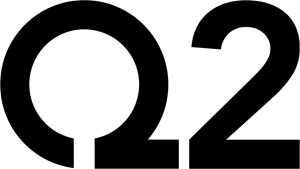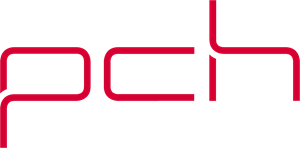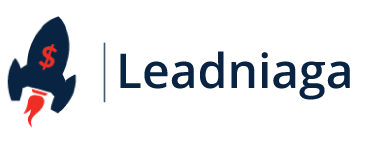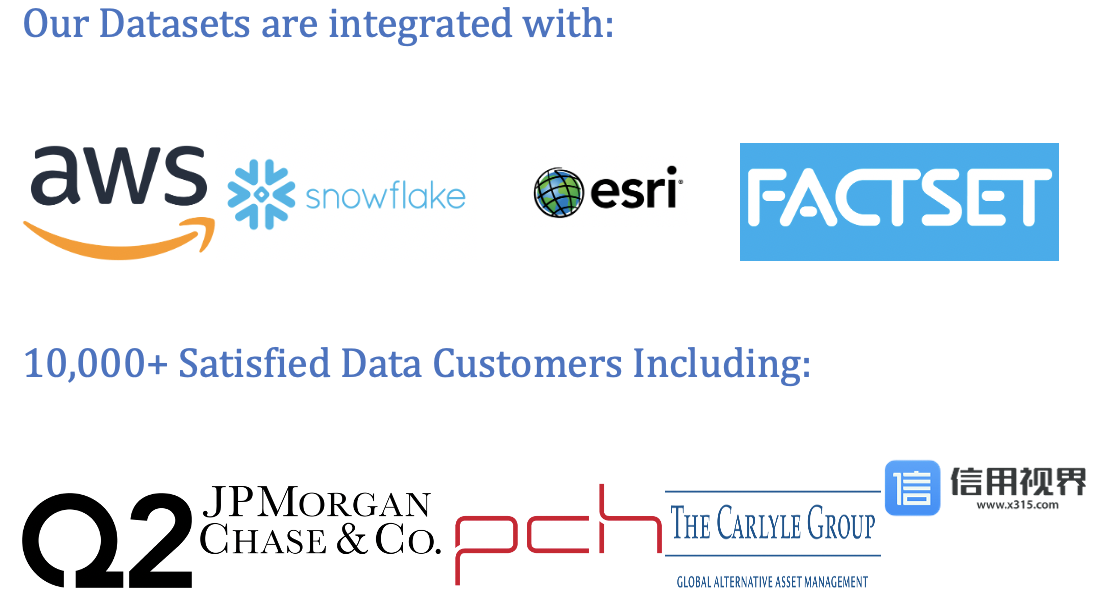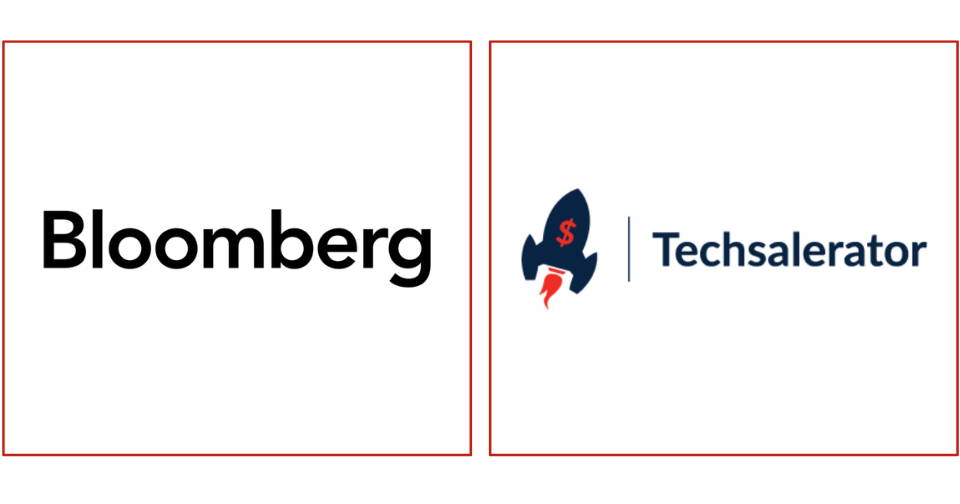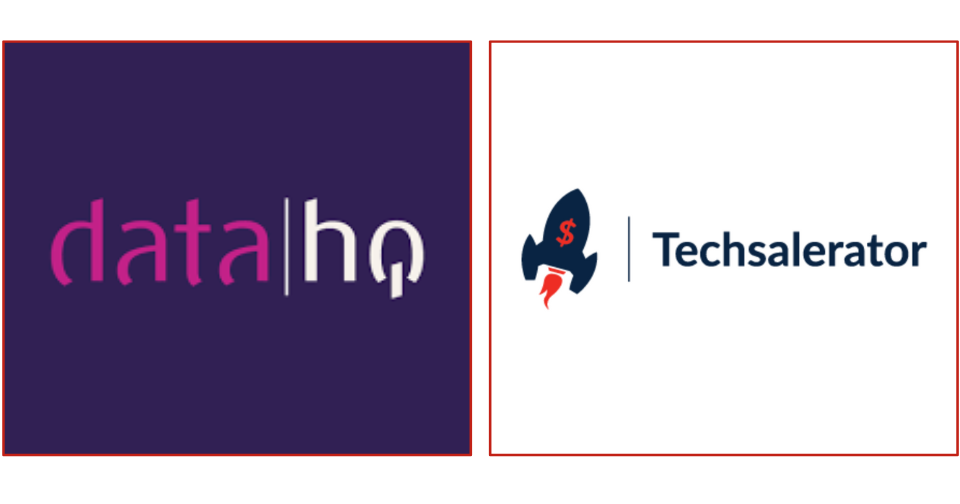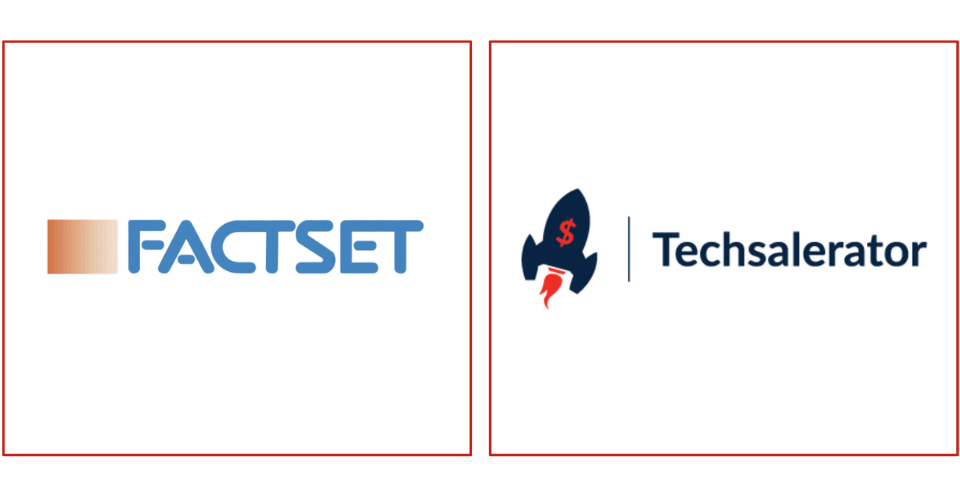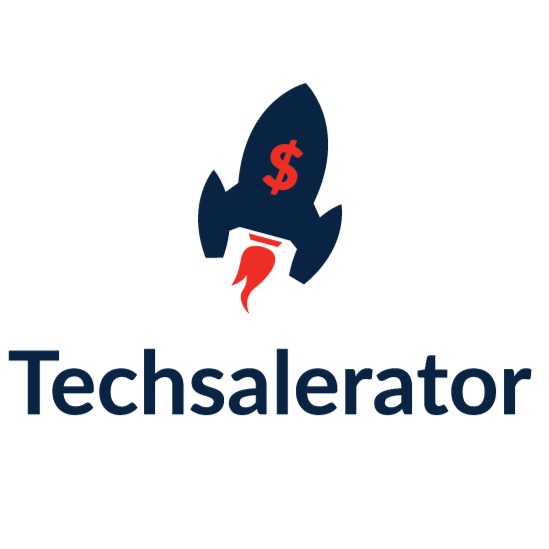
Top Web Scraping Providers
Understanding Web Scraping Data
Web scraping data involves the use of web scraping tools, libraries, or custom scripts to navigate web pages, extract desired data elements, and save them in a structured format such as CSV, JSON, or database tables. It can target specific web pages, entire websites, or multiple sources simultaneously to retrieve relevant information for analysis or storage. Web scraping data can be used for various purposes, including market research, competitive analysis, lead generation, content aggregation, and data-driven decision-making.
Components of Web Scraping Data
Key components of web scraping data include:
- Data Sources: Web pages, websites, APIs, and online databases containing valuable information for extraction, such as product listings, news articles, job postings, business directories, and social media profiles.
- Data Extraction Tools: Web scraping tools, libraries, or frameworks used to automate the extraction of data from web sources, including popular options like BeautifulSoup, Scrapy, Selenium, and Octoparse.
- Data Transformation: Processing and cleaning extracted data to convert unstructured web content into structured formats suitable for analysis, visualization, or integration with other systems.
- Data Storage: Storing scraped data in databases, spreadsheets, or cloud storage solutions for further analysis, reporting, or archival purposes.
Top Web Scraping Data Providers
- Leadniaga : Leadniaga offers comprehensive web scraping solutions for businesses, researchers, and organizations, providing custom data extraction services, web scraping tools, and data enrichment capabilities to access and leverage web scraping data effectively.
- Scrapy: Scrapy is an open-source web crawling and web scraping framework written in Python. It provides a powerful set of tools for extracting data from websites, handling pagination, and processing extracted data for storage or analysis.
- Import.io: Import.io offers a web-based platform for extracting data from websites without coding. It provides a user-friendly interface for building web scrapers, scheduling data extraction tasks, and exporting data in various formats.
- ParseHub: ParseHub is a visual web scraping tool that allows users to extract data from dynamic websites with complex structures. It offers point-and-click interface, pre-built templates, and scheduling options for automated web scraping tasks.
- WebHarvy: WebHarvy is a visual web scraper that enables users to extract data from web pages using a point-and-click interface. It supports scraping text, images, URLs, and other content types, with options for customizing extraction rules and export formats.
Importance of Web Scraping Data
Web scraping data is valuable for various purposes:
- Market Research: Gathering product data, pricing information, customer reviews, and competitor intelligence from e-commerce websites and online marketplaces.
- Lead Generation: Extracting contact details, email addresses, and company information from business directories, social media profiles, and job postings for sales and marketing purposes.
- Content Aggregation: Collecting news articles, blog posts, and other content from news websites, blogs, and RSS feeds for content curation and aggregation.
- Financial Analysis: Scraping financial data, stock prices, economic indicators, and market trends from financial websites and data providers for investment research and analysis.
Applications of Web Scraping Data
Web scraping data finds applications in various industries and domains:
- E-commerce: Monitoring competitor prices, analyzing product reviews, and tracking market trends to optimize pricing strategies and product offerings.
- Real Estate: Scraping property listings, rental prices, and housing market data for market analysis, property valuation, and investment decision-making.
- Travel and Hospitality: Aggregating hotel reviews, flight prices, and destination information for travel planning, price comparison, and customer insights.
- Social Media Monitoring: Extracting user comments, hashtags, and engagement metrics from social media platforms for sentiment analysis, brand monitoring, and social listening.
Conclusion
In conclusion, web scraping data is a powerful tool for accessing and leveraging online information available on the web. With top providers like Leadniaga and others offering advanced web scraping solutions, businesses, researchers, and organizations can harness the power of web scraping data to gather valuable insights, automate data retrieval tasks, and make informed decisions in today's data-driven world. By extracting and analyzing web scraping data effectively, stakeholders can gain a competitive edge, drive innovation, and unlock new opportunities across various industries and domains.
Our Datasets are integrated with :



10,000+ Satisfied Data Customers including :
